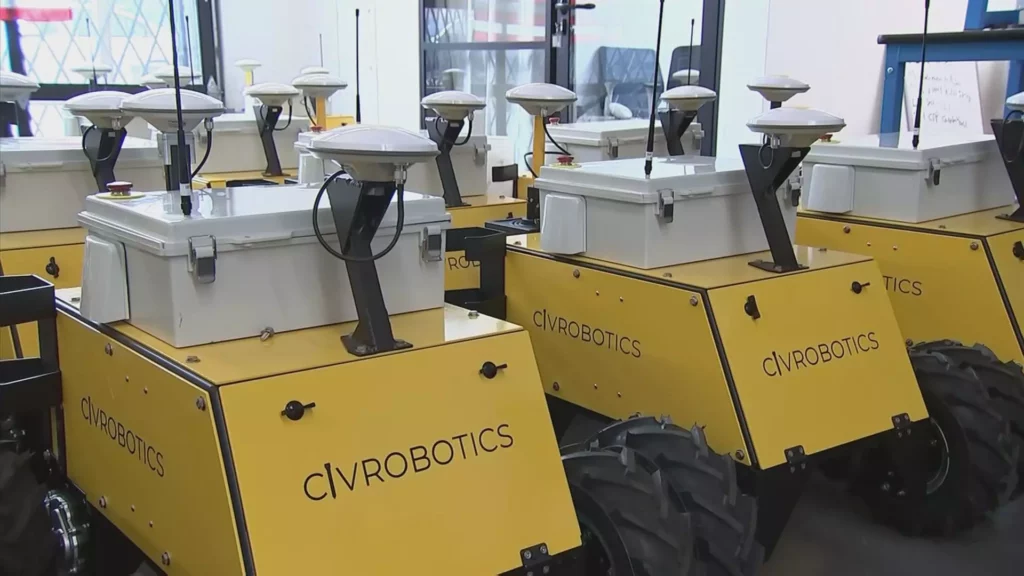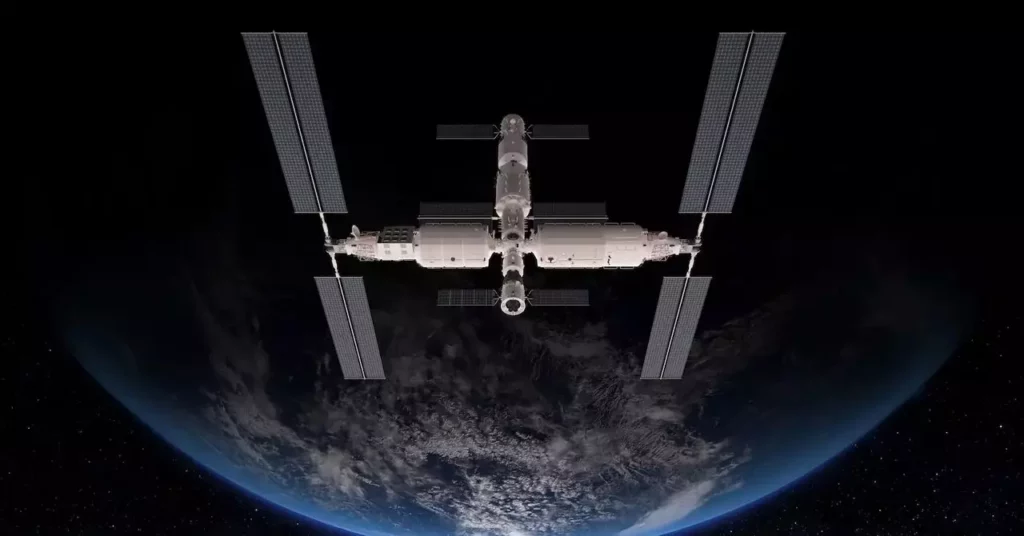For years, the renewable energy sector has relied heavily on meticulous manual labor—surveyors crawling across rugged terrains, painstakingly marking site coordinates for solar farms, wind turbines, and other installations. While this approach has served its purpose, it’s inherently inefficient, costly, and prone to human error. Now, an emerging wave of robotic technology promises to overturn these longstanding practices, promising not just efficiency but a fundamental leap in how renewable infrastructure is developed.
The core advantage lies in automation’s capacity to significantly outperform manual methods. CivDot, a four-wheeled robot developed by Civ Robotics, exemplifies this shift with its ability to mark thousands of layout points daily with pinpoint accuracy. Its design allows it to operate in challenging environments—riding over uneven terrain, weathering storms, and navigating obstacles that would hinder or even halt human surveyors. This isn’t just incremental progress; it’s a wholesale redefinition of site development logistics, reducing reliance on expensive human labor and decreasing project timelines.
The Technology Propelling Change in a Conservative Industry
What sets CivDot apart is its sophisticated navigation and geospatial capabilities. Thanks to advanced GPS and onboard sensors, it can mark coordinates within a mere 8 millimeters—a feat nearly impossible for manual surveys in unpredictable outdoor settings. This technological mastery stems from careful engineering that integrates real-time data processing with rugged hardware, allowing the robot to adapt dynamically to terrain and weather.
While the initial investment may seem high, the long-term savings are undeniable. Manual survey crews are costly; deploying three engineers with handheld receivers costs substantial amounts over time. CivDot’s robots can undertake the same task three to four times faster, with more consistent accuracy. This acceleration not only trims project timelines but also allows companies to pursue larger-scale developments that were previously hindered by logistical bottlenecks.
However, skepticism remains among traditionalists. Critics argue that robotics could lead to job losses and further marginalize skilled workers in the industry. Yet, this perspective overlooks the broader economic benefits—faster project delivery, reduced costs, and the ability to explore more remote locations that would be otherwise inaccessible or too expensive to develop under conventional methods.
The Competitive Edge and Market Implications
Civ Robotics isn’t alone in this race; several competitors are working on similar solutions primarily aimed at highway construction, sports fields, or urban planning. But the unique demands of renewable energy projects—particularly solar farms spread across deserts and rugged terrain—require robust, terrain-adapted solutions. CivDot’s ability to operate in these difficult environments gives it a substantial edge.
Major players like Bechtel recognize the value of these robotic systems. Transitioning from manual labor to automated solutions has the potential to transform project economics, with reports indicating that CivDot can perform over four times the work of traditional surveyors in challenging conditions. This shift could accelerate the pace at which renewable infrastructure expands and contribute to the sector’s overall maturity.
Nonetheless, challenges persist. Battery life and maintenance for these robots remain logistical considerations, especially in remote areas with limited access to power or repair facilities. The cost of deploying and maintaining fleets of robots must be carefully balanced against the operational savings they generate.
The Broader Impacts and Future Outlook
In a center-right liberal context, one might view this technological shift as a nuanced compromise. On one hand, increasing automation could be criticized for threatening traditional blue-collar job prospects. On the other, the rapid growth of renewable projects aligned with market-driven incentives can stimulate economic development, innovation, and energy independence—goals that resonate with center-right visions of pragmatic progress.
Furthermore, these technological advances could lead to fewer environmental disturbances during construction, as faster, more precise site preparation minimizes soil disruption and habitat damage. This aligns with a pragmatic, responsible approach to expanding renewable capacity without sacrificing ecological integrity.
Looking forward, the adoption of robotics like CivDot signifies a convergence of technological innovation and market efficiency that could propel the industry forward faster than policymakers expect. Rather than viewing human labor as obsolete, the industry must reframe these solutions as tools that empower workers with higher skills and safer working conditions, while unlocking previously unreachable sites. If navigated wisely, this transformation holds the promise of a more resilient, economically sound, and environmentally responsible renewable energy future.









Leave a Reply